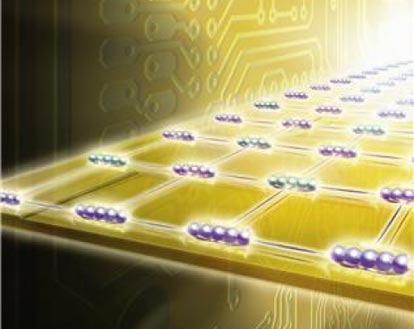Researchers from the University of Cambridge in England have announced an electromagnetic breakthrough – the production of an antenna so small that it can be incorporated into electronic chips.
They realized electromagnetic waves are not only generated from acceleration of electronics, but also from symmetry breaking.
“Symmetry breaking in physics describes a phenomenon where (infinitesimally) small fluctuations acting on a system which is crossing a critical point decide the system’s fate, by determining which branch of a bifurcation is taken. Imagine taking a long line of small line of infinitely small, random 50-50 decisions which ultimately decide the (electromagnetic) outcome. Needless to say, the implications for wireless communications are huge,” according to the group.
Researchers hint that even though aerial antennas are widely used, they are not fully understood.
“Antennas, or aerials, are one of the limiting factors when trying to make smaller and smaller systems, since below a certain size, the losses become too great. An aerial’s size is determined by the wavelength associated with the transmission frequency of the application, and in most cases it’s a matter of finding a compromise between aerial size and the characteristics required for that application,” Professor Amaratunga, of Cambridge’s Department of Engineering, said.
As antennas and components get smaller, radiation is emitted due to the acceleration of electrons. This new research suggests symmetry breaking is responsible for some of the radiation.
“When electronic charges are not in motion, there is symmetry of the electric field, and when it breaks, that creates radiation in tiny steps,” according to the report.
“If you want to use these materials to transmit energy, you have to break the symmetry as well as have accelerating electrons – this is the missing piece of the puzzle of electromagnetic theory. I’m not suggesting we’ve come up with some grand unified theory, but these results will aid understanding of how electromagnetism and quantum mechanics cross over and join up. It opens up a whole set of possibilities to explore,” Amaratunga said.
